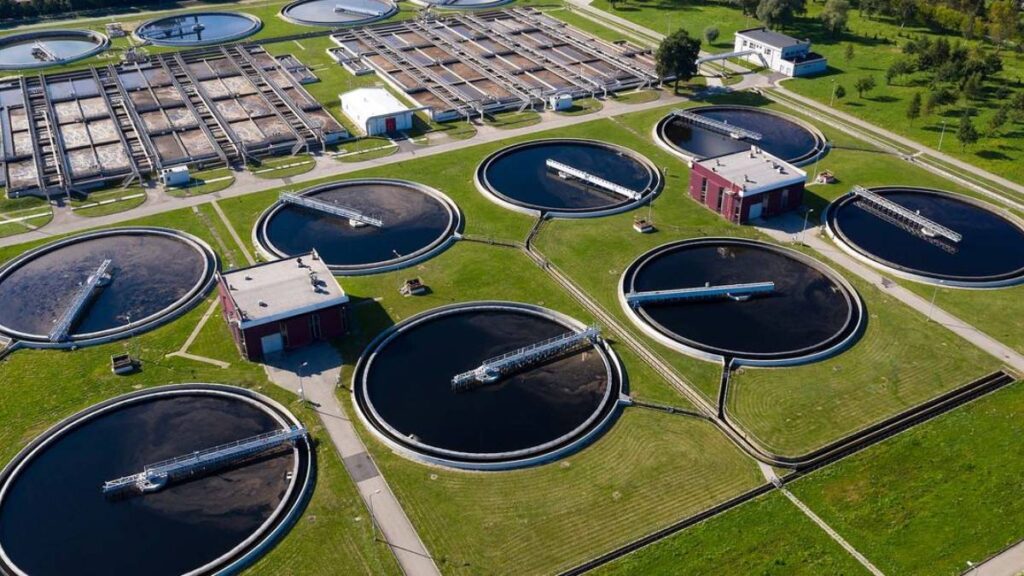
Pioneering Innovation: New Water and Wastewater Treatment Tech

Water and wastewater treatment research unceasingly pushes performance and efficiency boundaries, but where do the real game-changers lie? In the digital age, people require quantum leaps and radical improvements in technology, like the iPhone replacing flip phones. But when it comes to established industries like water treatment, progress can be slower due to mechanical constraints and physical limitations.
While game-changing breakthroughs may be elusive, there are some heady innovations in the clean-water sector. SUEZ has introduced ZeeLung technology, a new tideway to aeration that uses gas-permeable media for oxygen delivery. This technology could significantly increase treatment capacity, modernize oxygen transfer, and enhance energy efficiency.
NVP Energy has ripened a treatment process that removes COD and BOD while generating renewable biogas energy. This process could potentially reduce energy financing and sludge production by up to 90% compared to zingy sludge treatment.
Centrisys/CNP has promoted the PONDUS thermo-chemical hydrolysis process for biosolids treatment, which can increase biogas production, reduce polymer consumption, and produce drier dewatered solids cakes.
In addition, research into using scum for wastewater treatment is ongoing. A study at the University of Arkansas found that the scum species Chlorella vulgaris can powerfully remove nitrogen and phosphorus, plane if one nutrient is in short supply. However, practical using is still a long way off.
Implementing these innovations in existing infrastructure can be challenging, expressly when current systems are still functional and meet regulations. As a result, plane with emerging game-changing technologies, adoption will likely be gradual, with benefits realized over decades rather than immediately.
Adapting to New Technologies: The Future of Water and Wastewater Treatment
Despite the slow adoption of game-changing technologies in the waterreatment industry, advancements protract to emerge, promising to revolutionize the sector in the long run. Let’s explore some spare developments that could shape the future of water and wastewater treatment.
Forward osmosis (FO) technology is gaining traction as a potential game-changer for wastewater treatment. By using the natural osmotic pressure difference between water streams, FO can powerfully concentrate wastewater while producing wipe water for reuse. This process has a lower energy footprint compared to traditional methods like reverse osmosis and could significantly reduce the forfeit of water treatment.
Electrocoagulation is flipside innovative process that has shown promising results in removing contaminants from water. By applying an electric current to the water, electrocoagulation can rationalization suspended particles to aggregate, making them easier to remove. This process is highly constructive in treating various types of wastewater, including industrial and municipal sources, and could potentially replace or complement traditional coagulation methods.
Artificial intelligence (AI) and machine learning are moreover making their way into the water and wastewater treatment industry. By analyzing data from various sources, AI-powered systems can optimize treatment processes, monitor equipment performance, and predict maintenance needs. This can lead to significant forfeit savings, improved operational efficiency, and enhanced environmental compliance.

Nanotechnology is flipside zone of research that holds unconfined potential for water and wastewater treatment. Nano-sized particles and materials can be used to modernize the efficiency of existing treatment processes, such as adsorption and filtration, or develop entirely new methods for contaminant removal.

